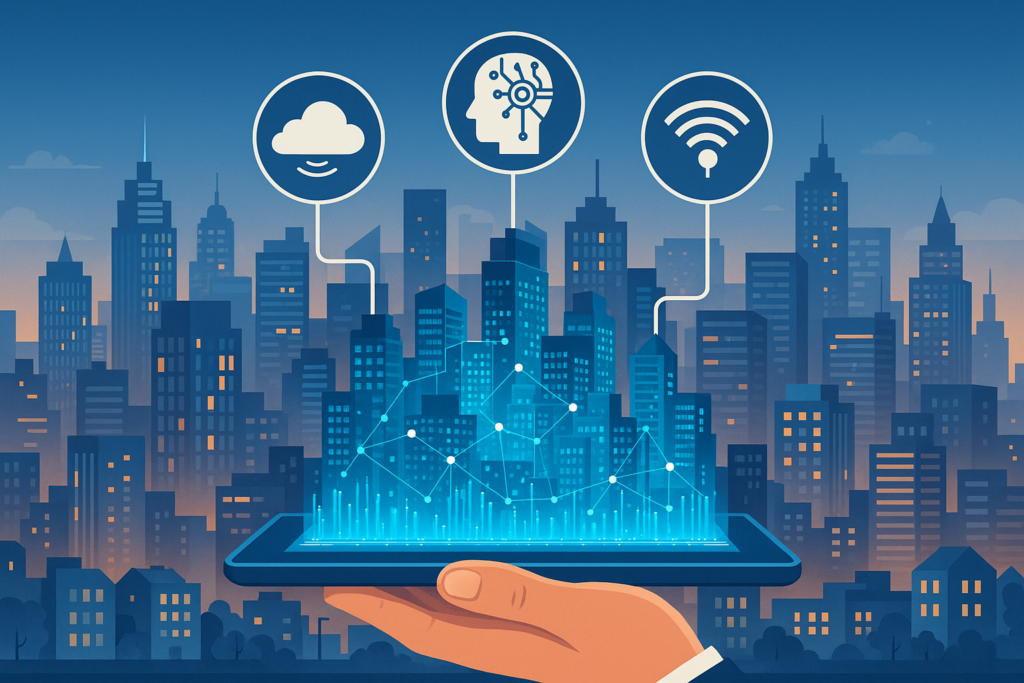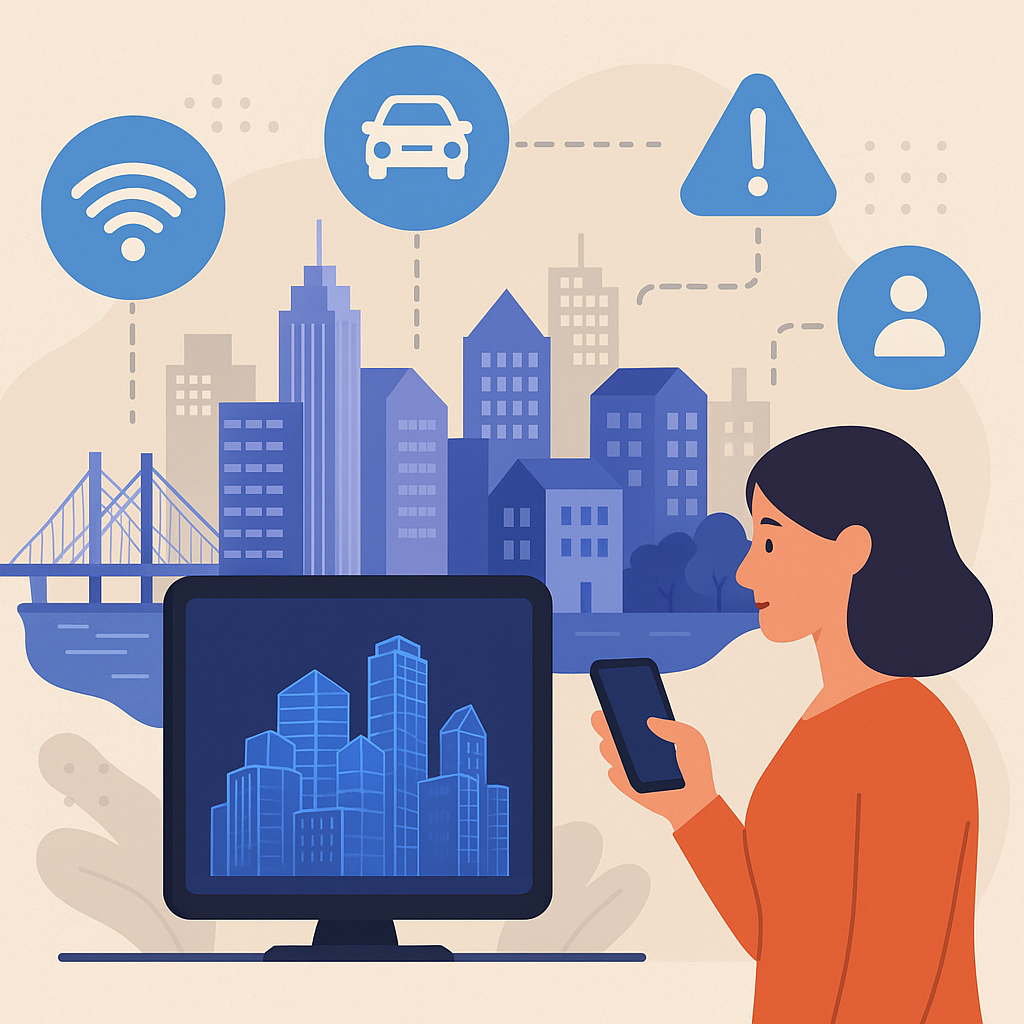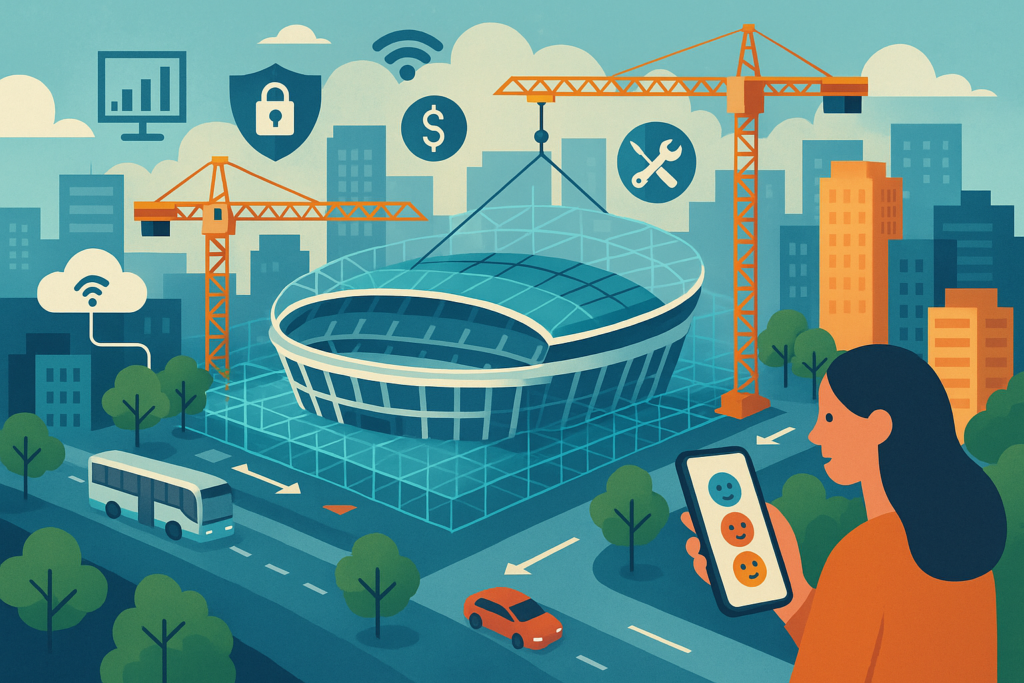In an era marked by rapid urbanization, the way cities are designed, built, and managed is undergoing a profound transformation. Traditional urban planning methods — long reliant on static maps, historical data, and isolated forecasts — are giving way to more dynamic, data-driven approaches. These new models offer real-time insights and adaptability, making cities not only more efficient but also more resilient in the face of growing populations, climate challenges, and technological disruption.
“Harnessing Technology for Smarter Urban Living: The Rise of Smart Cities”
At the heart of this transformation lies the concept of the smart city — an urban environment where infrastructure, people, and technology are deeply interconnected. Through the use of advanced technologies such as the Internet of Things (IoT), artificial intelligence, and cloud computing, smart cities collect vast amounts of data from sensors embedded in roads, buildings, vehicles, and public services. This data allows city administrators to optimise essential functions like energy consumption, traffic flow, waste collection, and emergency services in real time.

“Digital Twins: Revolutionizing Urban Planning Through Real-Time Simulation”
A key innovation powering smart urban development is the use of digital twins. These are highly detailed, continuously updated digital replicas of physical cities. Unlike traditional planning models, digital twins allow urban planners to simulate various development scenarios with remarkable accuracy. For instance, when considering the construction of a new bridge, road, or housing complex, planners can analyze how it would impact traffic congestion, energy demand, pedestrian safety, or even local air quality — all before construction begins. This technology enables a proactive approach to city growth, reducing the risk of costly errors and ensuring that new developments integrate smoothly into the existing urban fabric.
“Beyond Planning: How Smart Cities Enable Predictive Maintenance and Infrastructure Longevity”
But the benefits of smart city infrastructure extend well beyond the planning stage. Once a project is complete, sensors and monitoring systems continue to provide valuable feedback. This allows for predictive maintenance, a forward-thinking approach where problems in infrastructure — such as cracks in a bridge or stress in water pipes — can be identified and addressed before they escalate into serious failures. Rather than reacting to problems after they occur, cities can now anticipate and prevent them, saving money, improving safety, and extending the lifespan of public assets.

“Empowering Citizens: How Smart Cities Foster Engagement and Transparency”
As smart cities evolve, they are also transforming how governments interact with their citizens. Through mobile apps, digital dashboards, and open-data platforms, residents can access city services, report problems, and participate in local decision-making. This level of engagement not only enhances transparency but also ensures that cities are responsive to the needs of their communities.
“Navigating the Challenges of Smart Cities: Privacy, Equity, and Collaboration”
Despite these advancements, the transition to smart cities comes with challenges. Concerns about data privacy, cybersecurity, and equitable access to technology must be addressed to ensure these systems serve everyone fairly. Additionally, implementing such advanced systems requires significant investment, collaboration between public and private sectors, and ongoing maintenance.
“Envisioning the Future: How Smart Technologies Transform Urban Projects into Collaborative Experiences”
Yet, the potential benefits are immense. Imagine a city preparing to build a major sports stadium. Before any ground is broken, a digital twin could simulate the effects on local traffic, public transportation systems, and neighborhood energy use. During operation, predictive maintenance could monitor seating structures, lighting systems, and HVAC performance. Citizens, through a smartphone app, could provide feedback on access, noise levels, or service quality — making city planning not just top-down but participatory and responsive.

“Smart Cities: Redefining Urban Living Through Data and Innovation”
The smart city model represents a bold reimagining of urban life — one where data and digital innovation enhance sustainability, efficiency, and quality of life. As technology continues to evolve, so too will the ways our cities function, grow, and connect with the people who call them home.
